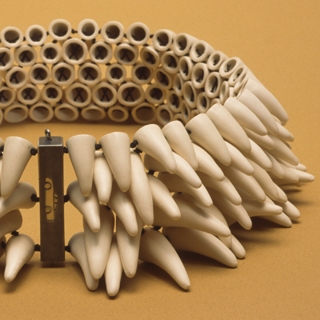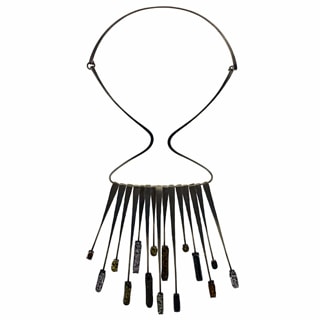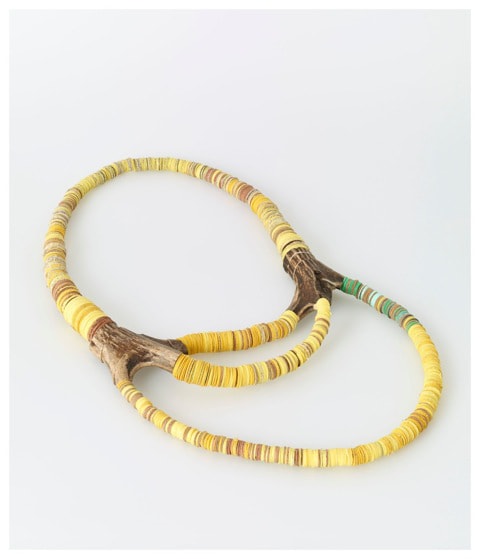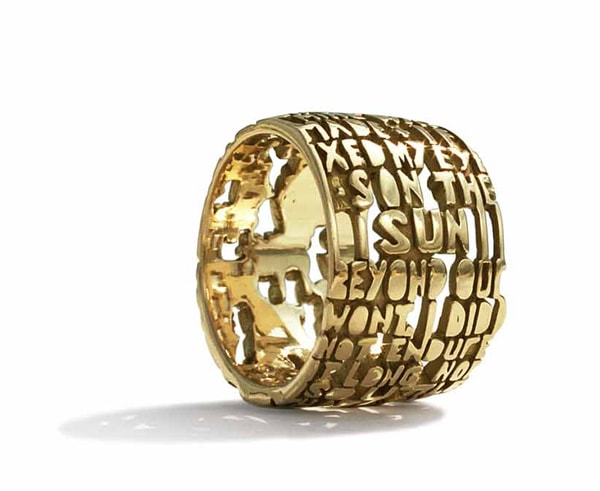 Silke Spitzer’s exhibition Breathing was recently on display at Ornamentum Gallery in Hudson, New York, from July 12 through August 10. In this interview, Silke describes the relationships between her life and work, and her materials and surroundings.
Silke Spitzer’s exhibition Breathing was recently on display at Ornamentum Gallery in Hudson, New York, from July 12 through August 10. In this interview, Silke describes the relationships between her life and work, and her materials and surroundings.
Missy Graff: How did you become interested in making jewelry? Please describe your background.
Silke Spitzer: Growing up as the daughter of an arts, music, and sports teacher, I cannot remember a time when I was not creating or making something. I was always sitting or kneeling barefoot on the ground, carving, drawing, sewing, painting, cutting, scribbling, collecting, adding, and combining the things that surrounded me. To me, creating and living have always seemed to be the same. The beauty of nature, light, smell, the deepness of a voice, a thought or special sound, have always touched me.
Growing up, I always considered creating a living by making with my own hands to be my dream job and life’s goal. Et voilà! I feel the same way today.
Why jewelry? Well, I guess it just happened. I grew up with the desire to create. Making jewelry was just one option I decided to explore. The tools seemed interesting and the scale seemed manageable. I enjoy the intimacy of making a piece all alone, by myself from the very beginning to the very end. I am very interested in the solitude that working on a small scale offers, a familiar scale, my body’s scale, a scale that is very much my soul’s size.
